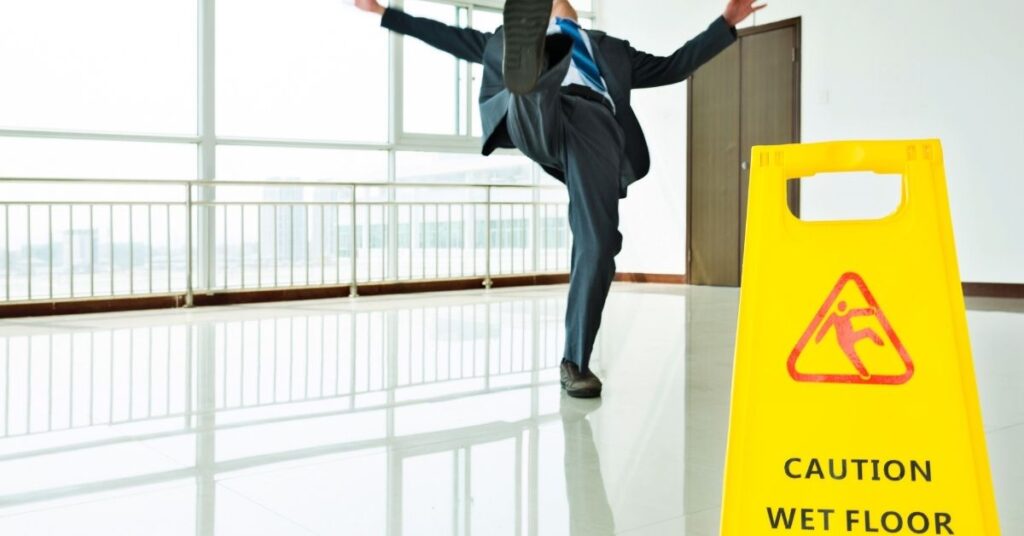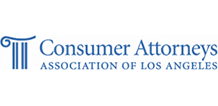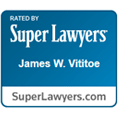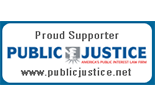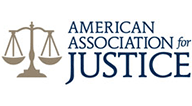Slip-and-fall accidents, unsafe stairways, inadequate lighting, or negligent security can turn a routine visit to a store, apartment complex, or other property into a life-changing event. If you’re injured on someone else’s property in California, you may have a premises liability claim—a type of personal injury case that seeks compensation for injuries caused by unsafe conditions.
The process can feel overwhelming, but understanding each stage helps you prepare and protect your rights. Here, we explain what to expect from start to finish.
Step 1: Immediate Aftermath in a Premises Liability Claim: Medical Care and Documentation
The first priority after any accident is your health. Seek medical attention right away, even if injuries seem minor. Prompt treatment not only safeguards your well-being but also creates medical records that serve as critical evidence linking your injuries to the incident.
As soon as you’re able:
-
Report the Incident to the property owner, manager, or security. Ask for a written incident report if available.
-
Take Photos and Video of the hazard (wet floor, broken railing, uneven pavement) before it’s repaired or cleaned.
-
Collect Witness Information from anyone who saw the accident or the dangerous condition.
These early steps can make or break your claim later.
Step 2: Consultation With a Personal Injury Attorney
Premises liability cases in California are governed by Civil Code §1714, which requires property owners and occupiers to maintain their property in a reasonably safe condition. However, proving negligence requires careful legal analysis.
During an initial consultation, a Vititoe Law Group attorney will:
-
Review the facts of your accident and any evidence you’ve gathered.
-
Explain your rights under California law, including the two-year statute of limitations for filing most personal injury lawsuits (Cal. Code Civ. Proc. §335.1).
-
Identify potential defendants—property owners, tenants, maintenance companies, or security contractors.
-
Discuss contingency fees (you pay nothing unless the firm recovers compensation).
This meeting is your chance to ask questions and understand the path ahead.
Step 3: Investigation and Evidence Gathering
If you hire Vititoe Law Group, we immediately begin a thorough investigation. This stage often includes:
-
Site Inspection – Visiting the property to photograph hazards, measure lighting levels, or examine security camera placement.
-
Document Requests – Obtaining maintenance logs, cleaning schedules, or prior complaint records to show the owner knew—or should have known—about the danger.
-
Witness Interviews – Securing statements from employees, customers, or neighbors.
-
Expert Analysis – Working with engineers, safety experts, or accident reconstruction specialists to prove the property was unsafe.
The goal is to establish that the owner breached their duty of care by failing to fix or warn about a dangerous condition.
Step 4: Proving Negligence
To succeed in a California premises liability claim, you must prove four key elements:
-
Duty of Care – The property owner or occupier owed you a duty to maintain reasonably safe premises.
-
Breach of Duty – They failed to repair, warn about, or inspect for hazards.
-
Causation – Their failure was a substantial factor in causing your injury.
-
Damages – You suffered measurable harm, such as medical expenses, lost income, or pain and suffering.
Evidence gathered in the investigation phase is used to support each of these elements.
Step 5: Dealing With Insurance Companies In a Premises Liability Claim
Most premises liability claims are paid by the property owner’s liability insurance.
Your attorney will submit a demand package to the insurer outlining these aspects of your premises liability claim:
-
The facts of the accident
-
Evidence of negligence
-
Medical records and bills
-
Lost wage documentation
-
A demand for compensation
Insurance adjusters often respond with a counteroffer or, in some cases, a denial of liability. Vititoe Law Group negotiates aggressively to reach a fair settlement while preparing for litigation in case the insurer refuses to pay.
Step 6: Settlement Negotiations in Premises Liability Claims
Negotiations may involve back-and-forth offers, mediation, or alternative dispute resolution. Many cases settle at this stage because both sides wish to avoid the costs and uncertainties of a trial.
A settlement provides:
-
Certainty – You know the amount you’ll receive.
-
Speed – Payment is typically faster than waiting for a trial verdict.
-
Control – You can accept or reject offers based on your attorney’s advice.
Your lawyer will carefully evaluate each offer to ensure it covers current and future medical needs, lost income, and non-economic damages like pain and suffering.
Step 7: Filing a Lawsuit for Your Premises Liability Claim (If Necessary)
If negotiations fail, Vititoe Law Group will file a premises liability lawsuit in California Superior Court to continue with your premises liability claim. Litigation involves several phases:
-
Complaint and Answer – Your attorney files the complaint; the defendant responds.
-
Discovery – Both sides exchange evidence through depositions, interrogatories, and document requests.
-
Motions – Lawyers may file motions to exclude evidence or seek summary judgment.
-
Settlement Conferences – Courts often encourage settlement even after a lawsuit is filed.
Throughout litigation, your attorney continues negotiating while preparing for trial.
Step 8: Trial
If the case does not settle, it proceeds to trial. Your lawyer will present evidence, call witnesses, cross-examine the defense, and argue for damages before a judge or jury.
In California, juries decide both liability and damages. While trials can be stressful and time-consuming, Vititoe Law Group prepares every case as if it will go to court—often prompting insurers to offer a fair settlement before the trial begins.
Damages You May Recover
Successful premises liability plaintiffs in California can recover compensation for:
-
Medical Expenses (past and future)
-
Lost Wages and loss of earning capacity
-
Pain and Suffering
-
Emotional Distress
-
Punitive Damages (in cases of extreme recklessness)
Your attorney will work with medical and economic experts to calculate the full value of your losses.
Timelines and Deadlines
-
Two-Year Statute of Limitations – Most cases must be filed within two years of the injury.
-
Government-Owned Properties – If your accident occurred on public property (such as a city sidewalk or state park), you must file a government claim within six months (Gov. Code §911.2) before you can sue.
Missing these deadlines can permanently bar recovery, which is why consulting an attorney promptly is critical.
How Vititoe Law Group Can Help
Premises liability claims require quick action, careful evidence collection, and skillful negotiation.
Vititoe Law Firm has decades of experience representing California injury victims and has recovered millions of dollars for clients injured by unsafe property conditions.
Our team will:
-
Conduct a rapid investigation to preserve key evidence
-
Handle all communications with insurance companies
-
Calculate the full value of your damages
-
Fight for a fair settlement—or take your case to trial if necessary
Bottom Line
A premises liability claim in California can be complex, but understanding the process helps you stay informed and empowered.
From initial medical treatment to potential trial, every step requires attention to detail and strategic legal guidance.
If you’ve been injured because of unsafe property conditions, contact Vititoe Law Group today for a free consultation. We’ll evaluate your case, protect your rights, and pursue the compensation you deserve.

